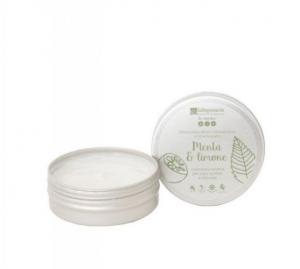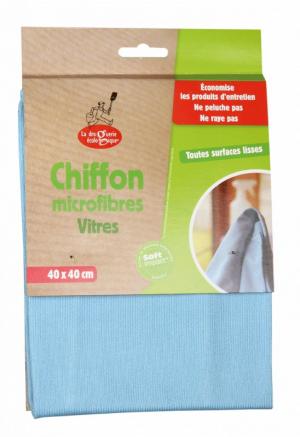Cuttlebone
Other names: cuttlebone, cuttlefish bone
Harm score: 1 (Natural substances)
The cuttlebone, better known by the English names cuttlebone or cuttlefish bone, is a unique internal structure in the cuttlefish body that primarily serves as a hydrostatic organ. This bone is light and porous, and its structure is based on overlapping chambers that cuttlefish can fill with gas or water as needed. It is essentially a natural submarine, allowing the cuttlefish to change its depth in the ocean continuously. For this reason, cuttlefish bone is an ideal indicator for paleontological research, as its sediments can be used to detect the evolution of marine life over time.
Although cuttlebone is primarily used in nature as a cuttlefish swim bladder, in human hands it finds applications in a variety of fields. In the pet shop, you will most often come across cuttlebone in the bird department, where it serves as a calcium supplement and mineral source for the beaks of parrots, canaries and other aviary birds. The floury form of cuttlebone is also added to reptile food. Its porous texture makes it excellent for sharpening beaks and claws. In the past, it was also used to make barber's scrapers or as an abrasive for polishing wood. Today, it is also used to make powder for laundry tablets, which helps remove stains while protecting the colours of laundry. Interestingly, it can also be found in Japan in the form of powder added to children's candy.
You won't find this substance in our products. Try the natural, chemical-free products in our range.

Natural hair dye BIO (100 g) - beige blonde
Product detail
Natural hair dye BIO (100 g) - chestnut - for health, shine and strength
Product detail
Hand cream with mint and lemon BIO (60 ml)
Product detail